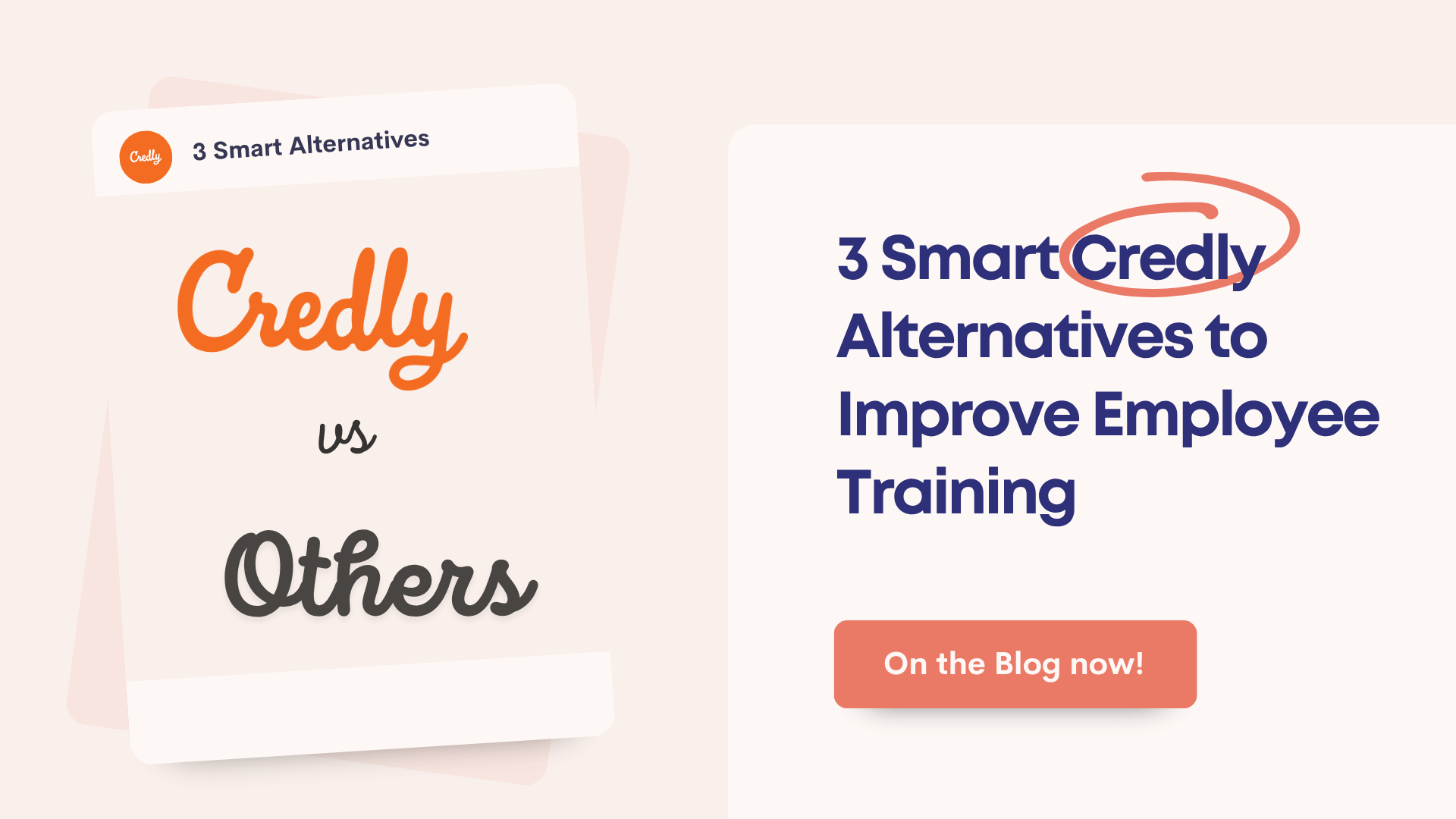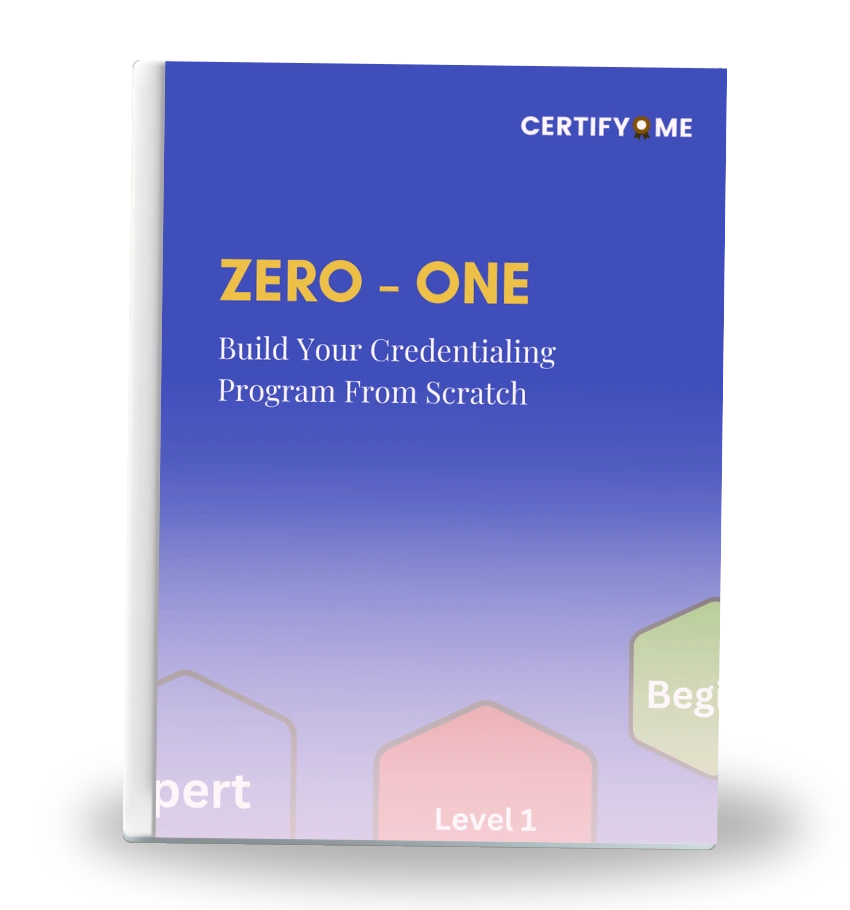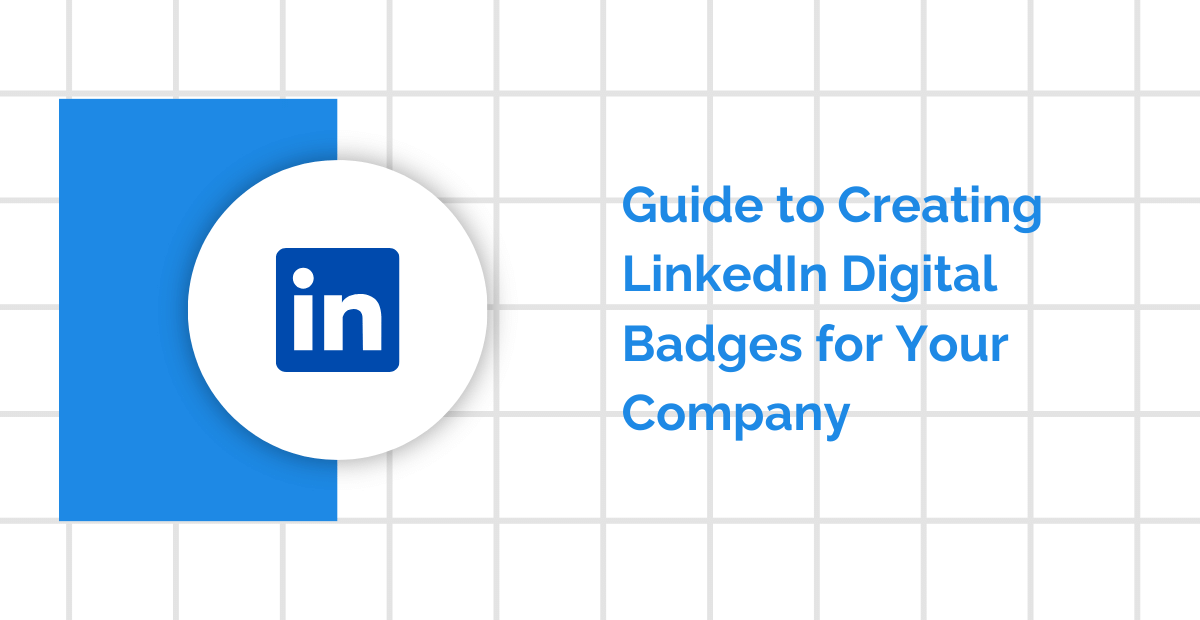Imagine you’re sitting at your desk, sipping coffee, trying to figure out how to streamline your university’s employee training system—or maybe you’re a student intern helping the HR team digitize credentials. Naturally, someone throws the name “Credly” into the mix. It’s the go-to platform, they say. And sure, it’s popular. But let’s be real—popular doesn’t always mean perfect.
Credly has earned its place, no doubt. It helps institutions and businesses issue digital credentials like badges and certificates. But depending on what your team actually needs—be it simplicity, affordability, or a smoother user experience—there might be better fits out there.
Let’s unpack the basics first. Then we’ll talk about what makes a good digital credentialing tool—and finally, explore three platforms worth your attention: CertifyMe, Badgr, and Accredible.
Why Do You Even Need a Digital Credentialing Platform?
Let’s break it down simply. A digital credential is like an online version of a certificate or badge. Instead of printing a piece of paper and handing it over in a frame, you send someone a link. That link leads to a professional-looking badge or certificate they can share on LinkedIn, email signatures, or digital portfolios.
For example, if someone completes a cybersecurity workshop at your university, you can issue them a digital badge through a platform. They click, they accept, and they now have proof of their achievement—all online, all easy to verify.
So why use a platform at all?
-
Efficiency: No more printing, signing, or scanning.
-
Tracking: You can see who received what and when.
-
Shareability: Learners can proudly show off their skills online.
-
Security: These credentials are often tamper-proof and blockchain-backed.
Now let’s get specific. At universities, these platforms help:
-
The registrar’s office issue training credentials to staff
-
Student development departments offer verified badges for soft skills workshops
-
Internship programs hand out completion certificates
And let’s not forget the learners themselves. Having a digital badge that says “Leadership Training - Completed” means more than just a line on a resume. It’s visual. It’s shareable. And most importantly—it’s verifiable.
The bottom line? Digital credentialing platforms simplify life. They save time, cut costs, and add legitimacy to employee and student training efforts.
What Makes a Good Credly Alternative?
Before we look at the options, let’s pause and ask—what are we actually looking for?
A good digital credentialing platform needs to do a few things well. Like:
-
Be simple enough for non-techies to use.
-
Be flexible enough to work with various learning systems.
-
Offer value without breaking budgets.
Here’s a closer look at the features that matter most:
-
Ease of Use: The interface should be friendly. If you have to call IT every time you want to issue a badge, that’s a red flag.
-
Customization: You should be able to design your own badge or certificate. Whether you’re branding it with your university logo or adding a signature from the Dean, flexibility matters.
-
Analytics and Tracking: Want to know who opened their certificate? Who shared it on LinkedIn? The right tool will tell you.
-
Integration Capability: Does it connect with your Learning Management System (LMS), HR software, or Google Workspace? If not, things might get clunky.
-
Affordability: Some platforms have steep fees—especially for smaller departments or nonprofit colleges. Look for tools with transparent pricing.
-
Security: Can people fake the credential? A good platform uses encryption or blockchain to make sure that doesn’t happen.
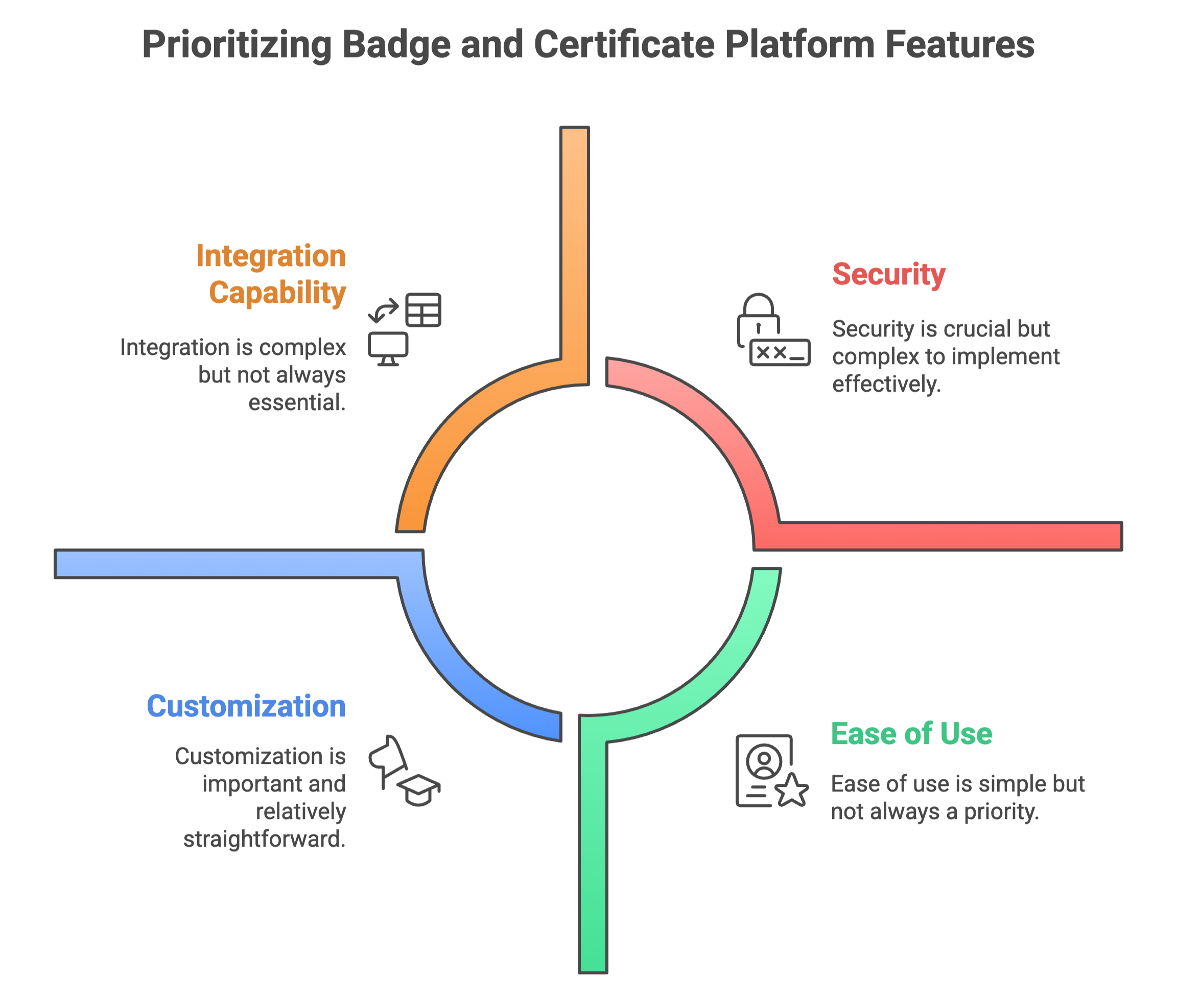
So when we say “Credly alternative,” we’re not talking about clones. We’re talking about platforms that offer better alignment for specific needs—whether you prioritize simplicity, budget, or branding.
1. CertifyMe: Simple, Powerful, and University-Friendly
Let’s start with the one we know best—CertifyMe.
This platform is built with education and employee training in mind. Whether you’re running onboarding sessions, monthly training for admin staff, or recognition programs for student leaders, CertifyMe makes it easy to issue credentials quickly.
Why It Works:
-
Drag-and-Drop Design: You can create certificates or badges in minutes. Add your university’s logo, adjust the text, and you’re done.
-
White-labeling: Your institution’s brand is front and center—not ours.
-
Bulk Issuance: Issue thousands of badges at once for a training event or semester-end workshop.
-
Track & Analyze: Know how many credentials were viewed, shared, or downloaded.
-
LMS Integration: Whether you’re using Moodle, Canvas, or Google Classroom—CertifyMe can integrate with it.
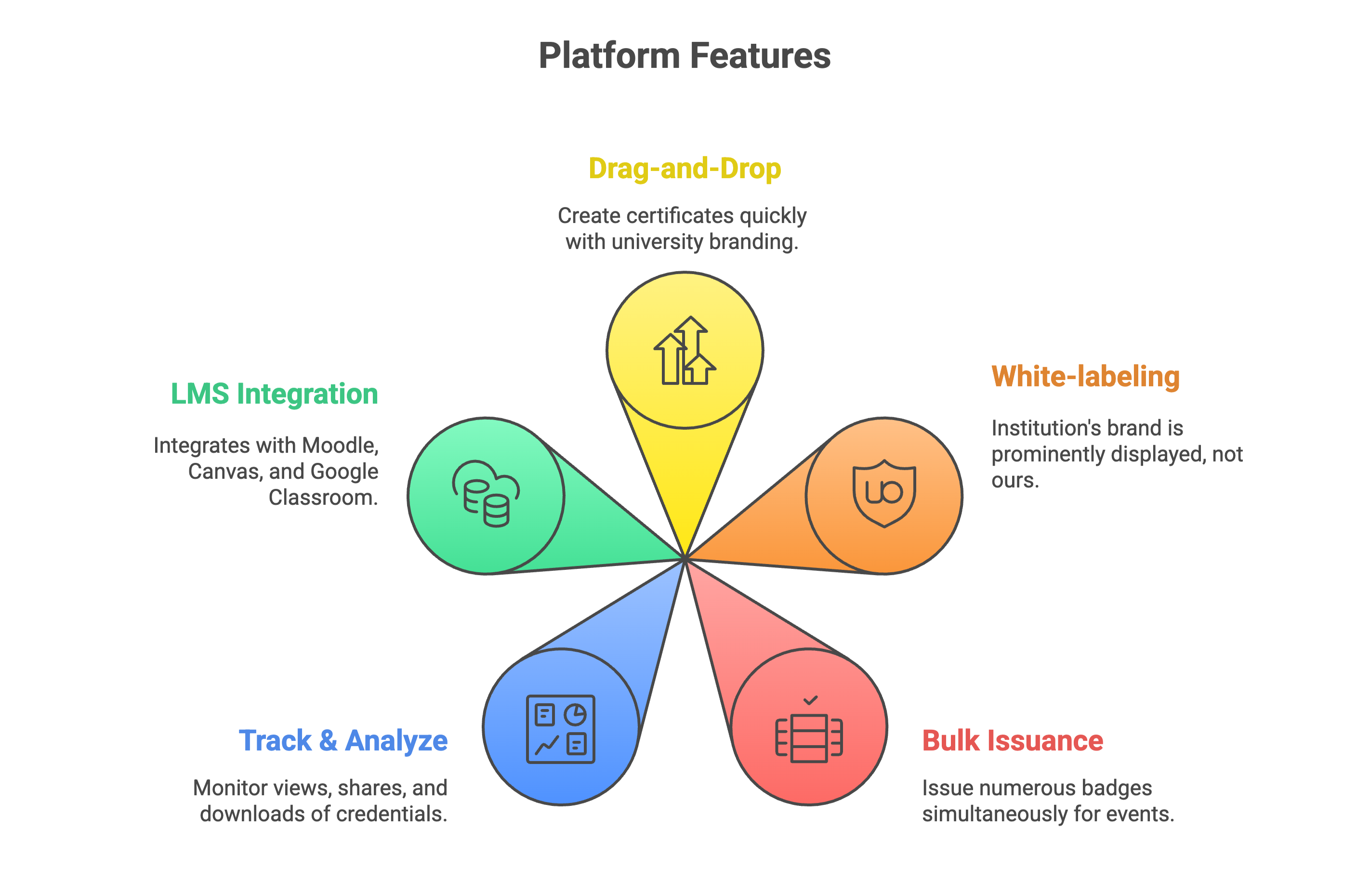
Here’s a personal insight: One university registrar told us they used to spend three full days preparing certificates after training events. Now? It’s under 30 minutes.
And for students? It’s a badge or certificate they can post on LinkedIn or attach to internship applications.
📎 Related Read: How Digital Credentials Help Enhance Brand Awareness
If you’re looking for something simple, clean, and tailor-made for educational institutions, CertifyMe is a top contender.
2. Badgr (Now Part of Canvas)
Next up is Badgr, now integrated into the Canvas LMS. This one’s a favorite among institutions already deep into e-learning platforms.
Badgr supports Open Badges—a global standard for digital credentials. These badges are portable, stackable, and verifiable.
Why People Like It:
-
Built into Canvas: If your university uses Canvas LMS, Badgr is already part of the ecosystem.
-
Learning Pathways: You can link multiple badges together to form a learning journey.
-
Verifiability: Every badge has metadata that proves what it represents.
Imagine this: A student completes five small workshops across two semesters—each on soft skills. Instead of five separate badges, they earn a “Professional Readiness” pathway badge.
However, it’s not all sunshine:
-
Interface: It’s a bit more tech-heavy. New users may find it less intuitive.
-
Best for Academic Use: Not as flexible for staff development or non-academic training.
Still, if your university runs Canvas and you’re looking for seamless integration, Badgr is a solid bet.
3. Accredible
Last on the list—but by no means least—is Accredible.
This one’s known for beautiful, professional certificates and bulletproof verification systems. It’s used by certifying bodies, universities, and major online course providers.
What Makes It Stand Out:
-
Design Quality: The end product looks polished and high-end.
-
Blockchain Security: Credentials are encrypted and verifiable forever.
-
Easy Sharing: Learners can embed their certificates in resumes, emails, and LinkedIn.
-
Smart Analytics: See how and where credentials are being viewed and shared.
Use case? Let’s say your university runs a professional development seminar for staff. With Accredible, the HR team can issue certificates that not only look great but also include clickable metadata showing what the seminar covered.
Drawbacks?
Pricing: It’s on the higher end. Might not be the best choice for smaller programs.
Learning Curve: Takes some time to explore all the features.
But if you’re working with executive education or compliance-heavy sectors, Accredible is a powerful platform.
How to Choose the Right One for Your Team
Here’s the real question: Which one is right for you?
To decide, you’ll need to match the tool with your actual needs. Are you:
-
Issuing certificates for weekly staff training?
-
Running year-long leadership programs for students?
-
Organizing multiple small workshops across departments?
Here’s a basic checklist to help you decide:
-
Do I need simple or advanced design features?
-
Do I issue credentials in bulk?
-
Do I want integration with Canvas, Moodle, or HR software?
-
How important is branding?
-
What’s our budget?
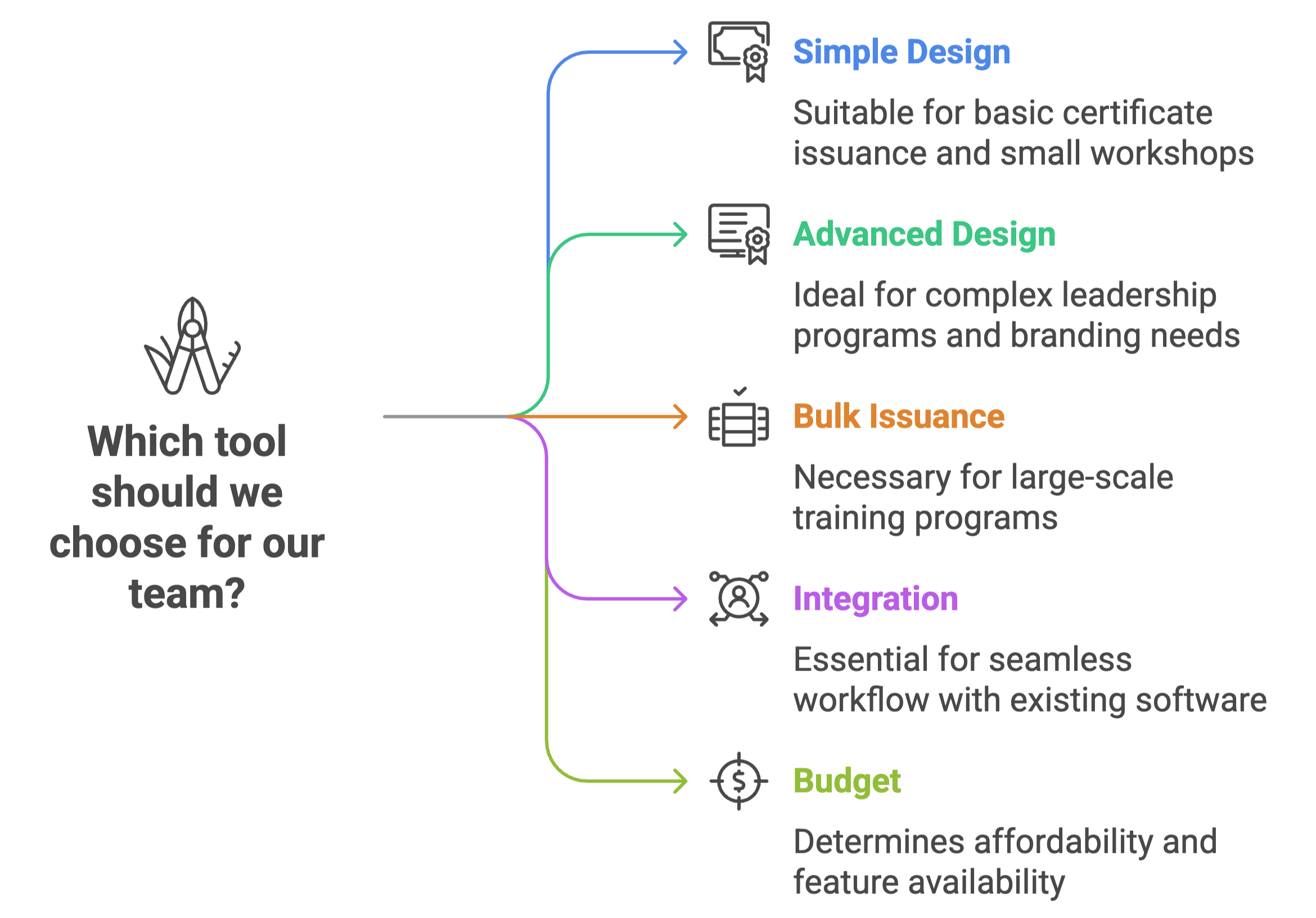
If you’re still not sure, start with trial accounts. Most platforms, including CertifyMe, offer demos.
Think of it like trying on shoes. It’s not about what looks best on the shelf. It’s about what fits your feet—and your walk.
What University Staff and Students Should Keep in Mind
For university staff, particularly those in Registrar or HR roles, these platforms can be real time-savers. Instead of manually designing certificates or digging through spreadsheets, you can issue, track, and analyze credentials in one place.
For students, it’s about visibility. Digital credentials give them a voice beyond grades. A badge for community leadership or a certificate for volunteering speaks volumes to future employers.
Here’s a tip: Encourage students to share credentials on LinkedIn. One student shared a badge from CertifyMe and got asked about it in an internship interview. It became a conversation starter—and helped land the role.
Credentialing isn’t just about recognition. It’s about recording growth—and giving learners and employees a reason to keep learning.
Conclusion
Credly is good—but it’s not your only option. And depending on your needs, there might be a tool out there that fits you even better. CertifyMe is excellent for educational institutions that want simplicity, customization, and fast delivery.
No matter which one you choose, the goal is the same: Make it easy to reward learning, growth, and achievement—without making the process harder than it needs to be. Because at the end of the day, a good credentialing tool is like a good teacher. It doesn’t show off. It just makes learning visible—and valuable.
Explore how CertifyMe can help your university or organization simplify employee training and student recognition.
Book a free demo today.

 Author :
Author : 